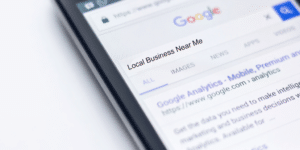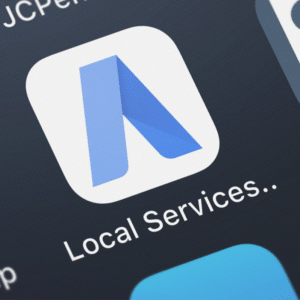If you are just getting started with Search Engine Marketing (SEM), or Pay Per Click (PPC) as it is more commonly known, the nuances can be overwhelming. Here are some easy ways to maximize your PPC investment.
- Know the difference between SEM and SEO. SEO, search engine optimization, is the process of increasing traffic through organic search results. SEO is extremely valuable and offers significant long term results for your business. SEM is the form of internet marketing that increases traffic through paid ad placement. Also known as PPC, these paid ads are seen on the right hand rail and at the top of your search engine results. Each time someone clicks on your PPC ad, you will pay a fee to the search engine.
- Know the value of PPC. PPC advertising does net positive results from consumers. According to a 2009 Engine Ready study, the conversion rate from PPC advertising is 2.03%, compared to 1.26% from organic advertising. Additionally, consumers visiting your site through PPC links will spend an average of $117, as compared to the $106 spent by organic search consumers.
- Know how to pick your keywords. Picking keywords isn’t as easy as just choosing your name, your competitor’s name and words related to your product line. Do your research. Talk to your customers; find out what people search on to find your site before you select your keywords. Less refined keywords will increase your cost. A little research will help you to get the most bang for your buck.
- Use the tools available to help you. When choosing keywords, don’t overlook the value of tools like Google’s Suggestion, Google Trends, SEM Rush, EBay Pulse and others. These various tools provide information on popular keywords for your business, historical data on keywords, keywords on the rise and other information than can help you to select the best combination of keywords for your PPC campaign.
- Make them want to click. As with any ad campaign, your PPC campaign must have compelling copy. Keep it clean, to the point and error free. Don’t forget to include discounts, promotions or other offers to draw a searcher’s attention.
- Don’t be afraid to say no. It can be hard to “turn away” potential business. But with PPC the key to maximizing your budget is to only pay for those clicks that are likely to turn into sales. Don’t be shy about only including prospective customers and excluding those who don’t meet your customer profile.
- Don’t forget the landing page. There is nothing more frustrating for a shopper than to click on a PPC link only to end up on a page that has nothing to do with the product they wanted. Minimize customer frustration and improve conversion rates with quality landing pages. For the best results, it is vital that your keywords, ad copy and landing pages all work together.
- Strive for a top quality, quality score. The quality score is used by search engines to determine the order of paid links on a search page. This means that search engines are watching to see how much value you provide to your potential customers. If your keywords closely correspond to your products, if your click through rate is good and you have good quality landing pages, your quality score will rise. It is important for search engines to provide their customers with quality results. Provide their customers with quality and the search engines will reward you with higher placement.
- Follow up research is essential. As with any ad campaign, you must do your research to determine its success. PPC is no different. However, with PPC you can track as you go. Use Google Analytics and Yahoo! Web Analytics to track your results and see how your keywords are working out. This will help you to know when to make changes and refine your keyword selection.


